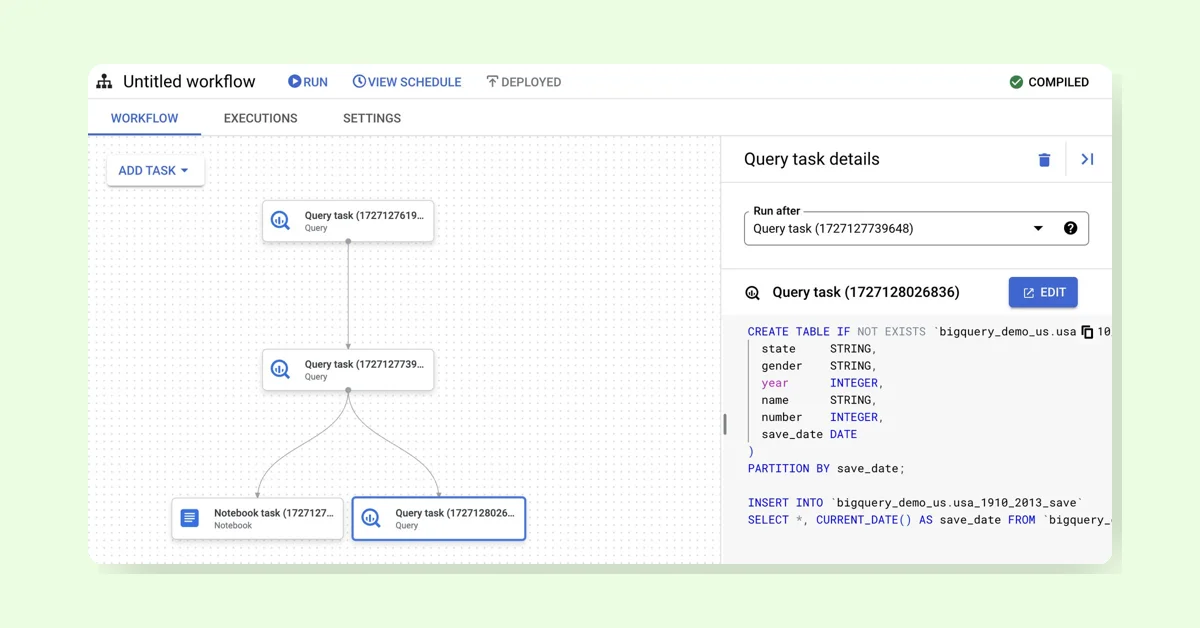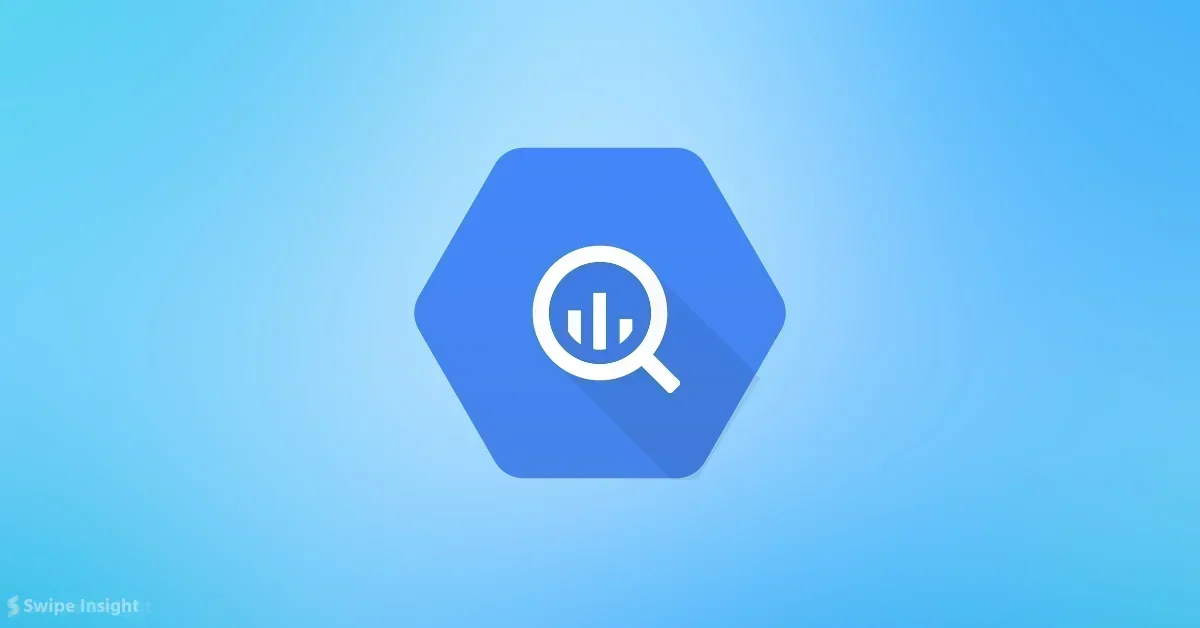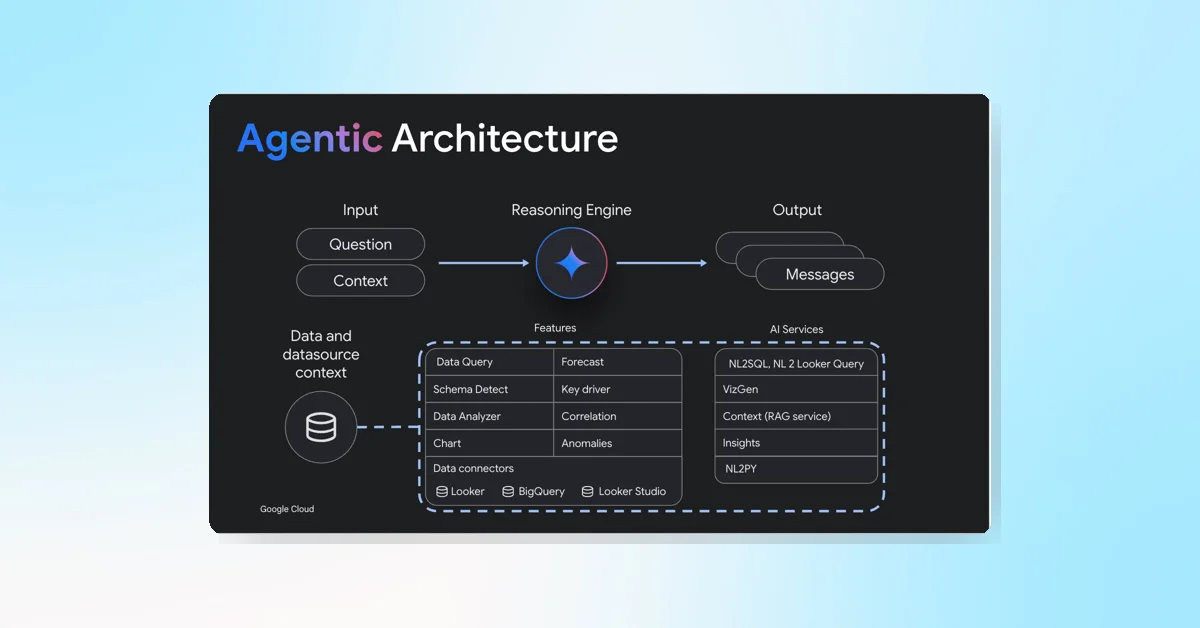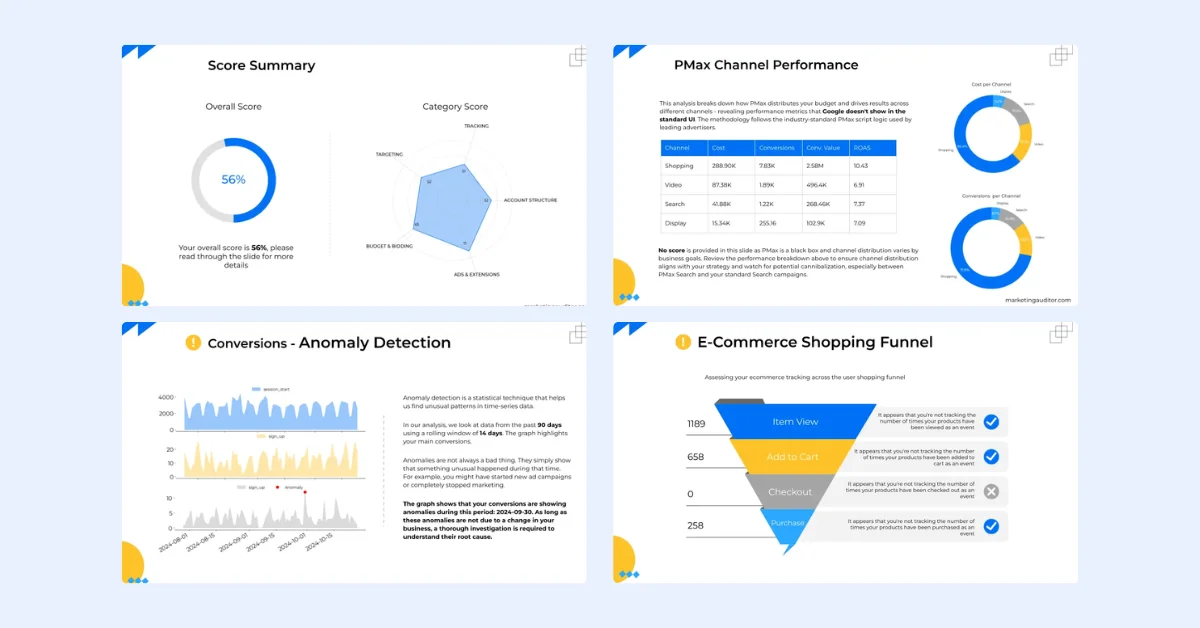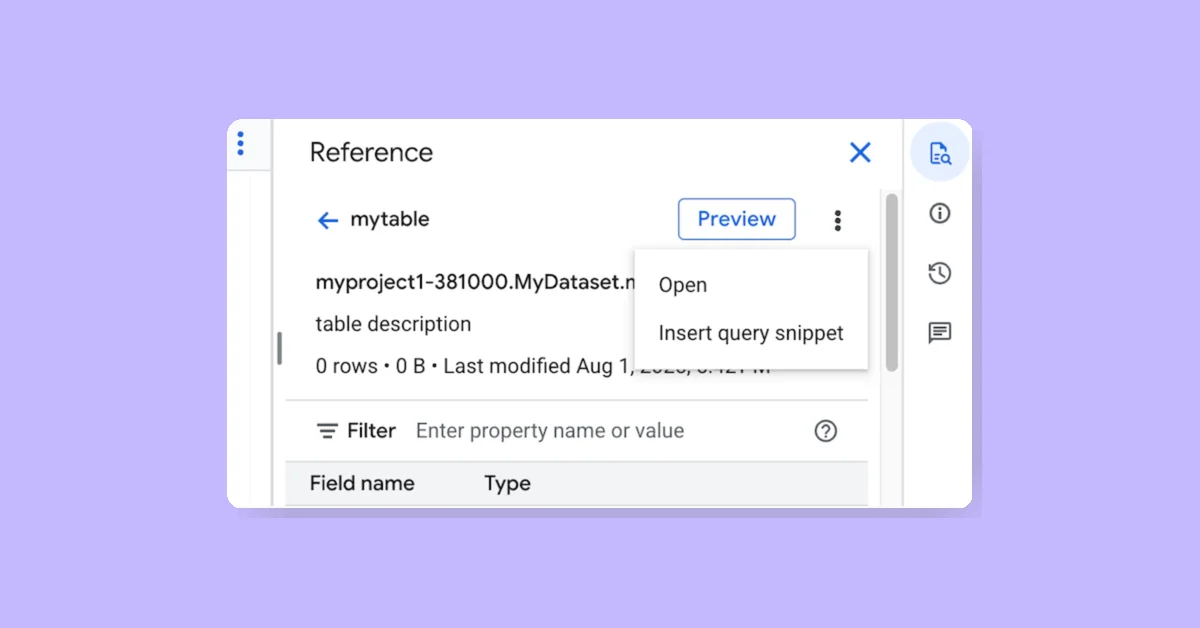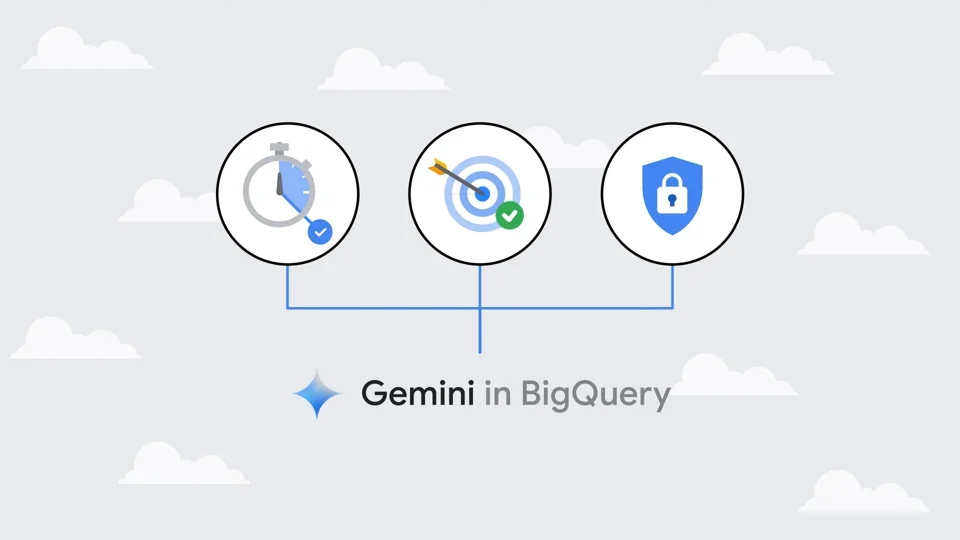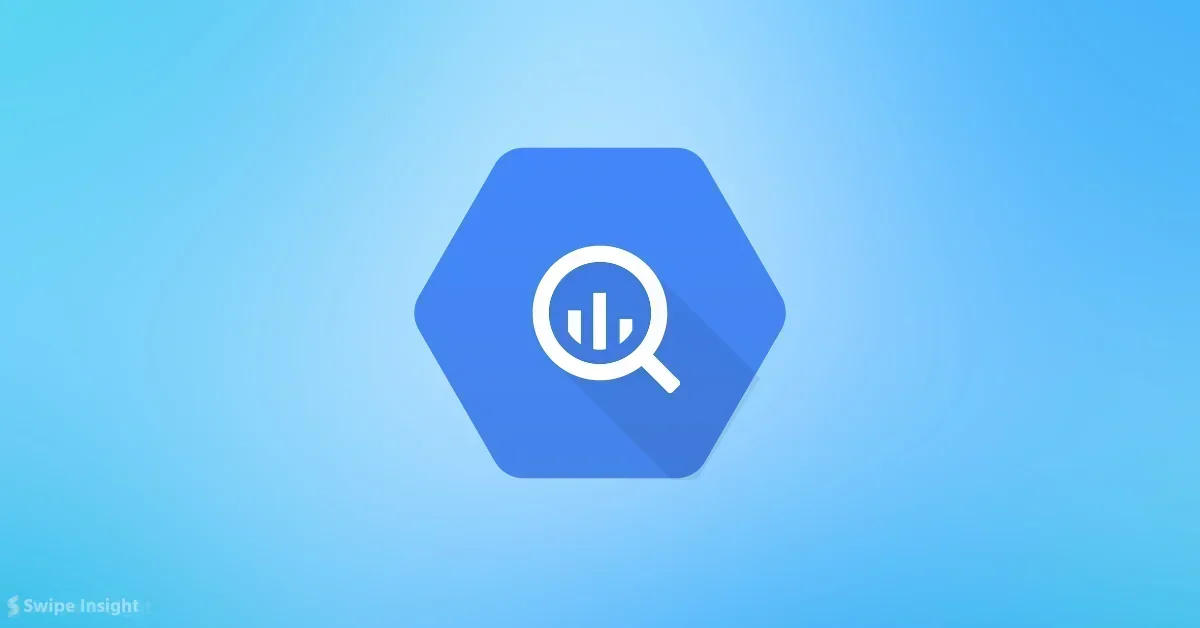Google has unveiled BigQuery Workflows, a new code-free orchestration tool for BigQuery, now available in preview. This addition to the BigQuery ecosystem promises to simplify data pipeline management and improve efficiency for data professionals.
Key Features of BigQuery Workflows
Visual Workflow Interface: Users can create and manage data pipelines through an intuitive visual interface, providing a clear view of task dependencies.
Built-in Scheduling: Powered by Dataform, the tool offers simplified scheduling, eliminating wait times between tasks.
Centralized Monitoring: The interface provides centralized logs for easy tracking of task progress and quick identification of issues.
Flexibility: Currently supporting notebooks and SQL queries as assets, with potential for expansion to other asset types in the future.
Cost-Effective: The tool itself is free to use, with costs only incurred for BigQuery compute and storage.
Workflow Composition
BigQuery Workflows allows users to create sequences of code assets, including:
- Notebooks
- SQL queries
Users can define the execution sequence of these assets, enabling complex operations like data preparation followed by model training.
Advantages Over Existing Solutions
Simplified Orchestration: Eliminates the need to guess scheduling times for queries based on previous task completion.
User-Friendly Alternative: Offers a more accessible option compared to more complex tools like Dataform.
Integration: Seamlessly integrates with existing BigQuery infrastructure.
Current Limitations
While powerful, BigQuery Workflows does have some constraints:
- New assets must be created within the workflow; existing notebooks or queries can't be added.
- No option to grant access to specific workflows to other users.
- Available only in the Google Cloud console.
- Workflow region can't be changed after creation.
The introduction of BigQuery Workflows fills a crucial gap between standalone scheduled queries and more complex orchestration tools. As the preview progresses, users can expect potential expansions in functionality, possibly including support for additional asset types and the ability to trigger other workflows.
For data professionals using BigQuery, this new tool promises to streamline workflow management, potentially leading to more efficient and manageable data pipelines.
